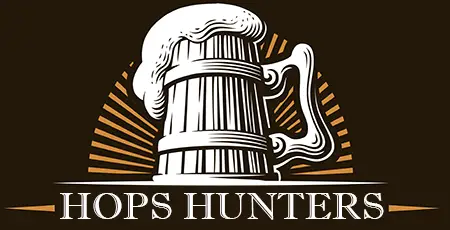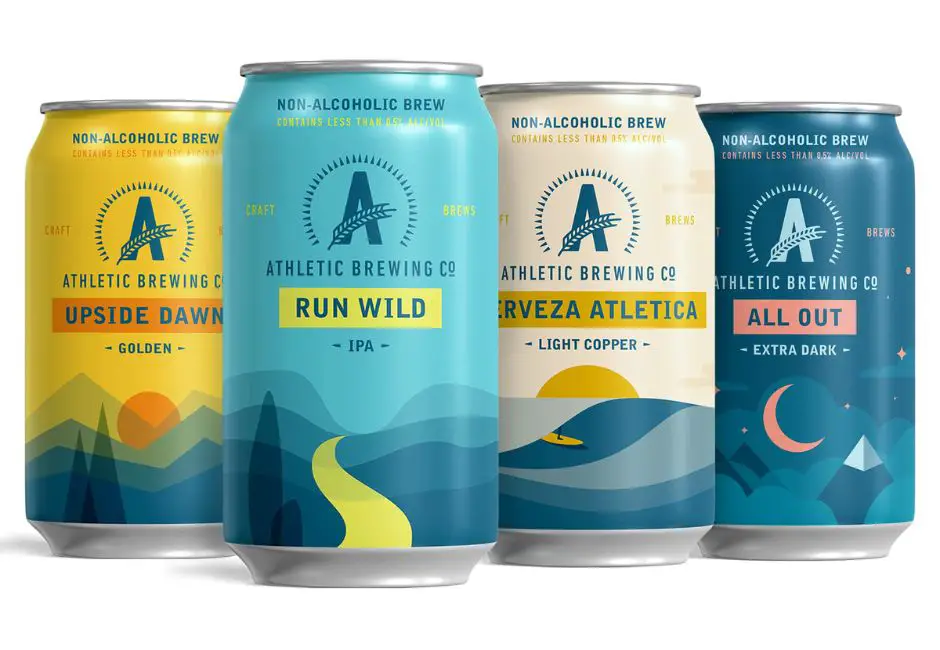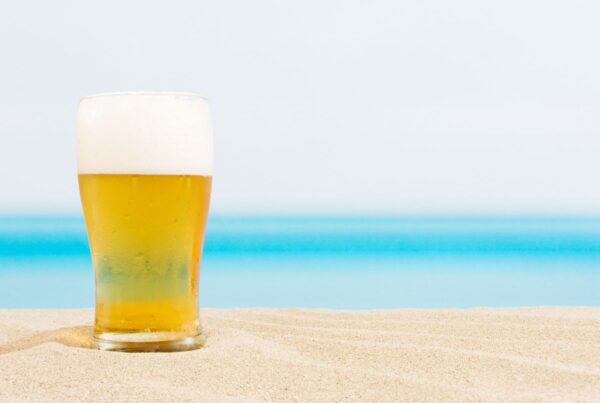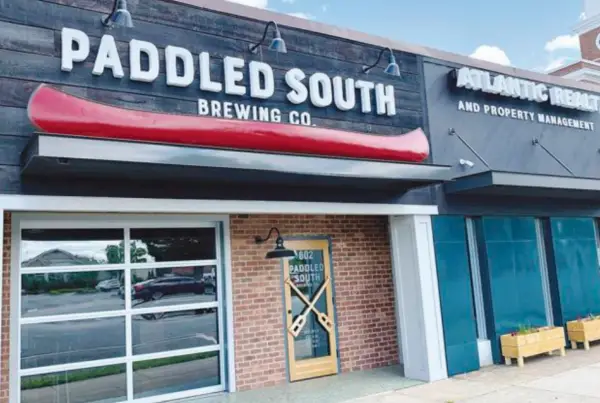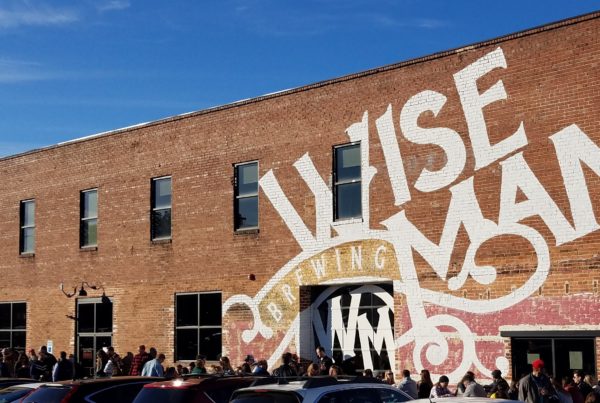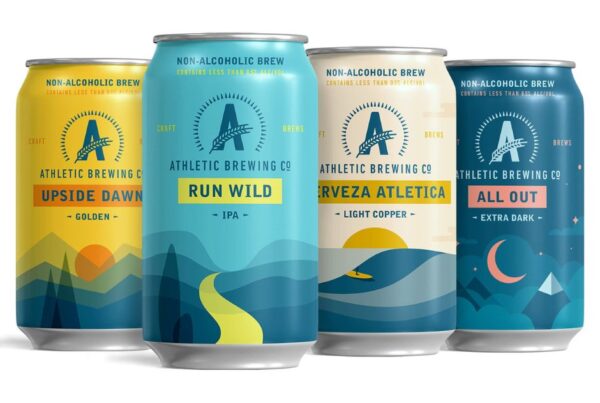Does Non-Alcoholic Beer Really Contain No Alcohol?
There’s something about that “non-alcoholic” label on some beers that feels a bit too good to be true. Like that zero-calorie soda, or “guilt-free” ice cream, you can’t help but wonder what the catch is.
And chances are—since you’re here—you’ve already got a hunch that something might be afoot with your supposedly alcohol-free brew.
While “near beer” isn’t typically recommended for people in recovery, so-called non-alcoholic beers can be an appealing option for certain social situations where you don’t want to drink—but still want to join in with your beer-drinking friends. They can also be an option if you’re looking to just reduce your alcohol intake a bit without giving up the taste or experience of drinking beer. (Or maybe you’re just participating in the “Sober October” social media challenge with your pals.)
But do “non-alcoholic” beers live up to the claim of containing “no alcohol?” Are you genuinely able to clink glasses with your buddies, confident that your non-alcoholic drink is just that—without a trace of alcohol?
Truth in a Bottle
Let’s cut to the chase: The direct answer to your question is: no, not necessarily. Terms like “non-alcoholic” or “no alcohol” on labels are often misnomers when it comes to describing the brews within.
While they do contain considerably less alcohol than their boozy counterparts, many of them still contain trace amounts. Just not enough to register on the TTB’s scale.
(Government agencies—it’s like alphabet soup, isn’t it? Get ready for a hefty serving of T’s:)
In the United States, the Alcohol and Tobacco Tax and Trade Bureau (TTB)—an offshoot of the Bureau of Alcohol, Tobacco, Firearms and Explosives (ATF)—categorizes non-alcoholic beer as a malt beverage containing less than 0.5% ABV (alcohol by volume).
In other words, a beer advertised in the United States as non-alcoholic can still legally contain up to 0.5% ABV. This same threshold carries over to several other countries, including Canada—though the UK has 3 thresholds for “alcohol-free” (0.05% ABV), “de-alcoholised” (0.5% ABV) and “low alcohol” (1.2% ABV).
Most people would need to drink quite a bit of 0.5% ABV beer to feel “buzzed,” let alone drunk. While you can get drunk on non-alcoholic beer, any amount under 0.5% is generally considered by the TTB to be negligible—i.e. unlikely to have any noticeable psychoactive effects.
But still, it’s not “zero.”
To give you some perspective, typical lagers contain about 4 to 5% ABV, while a hearty stout might boast somewhere around 8% ABV.
That means a non-alcoholic beer at the maximum 0.5% ABV has at least 8 times less alcohol than the weakest “typical” beer.
But, if you’re strictly avoiding all traces of alcohol, even this small amount can present an issue.
“Virtually” Alcohol-Free
For those looking to keep away from alcohol entirely, there’s some good news. Some beers on the market are labeled as “alcohol-free” or “0.0%” beers.
These beers undergo a special process to remove virtually all alcohol, resulting in a final product with an ABV close to zero.
That’s right, even these might contain trace levels of alcohol—typically less than 0.05% ABV, due to practical limits of current brewing and distillation techniques.
The Bottom Line
Here’s the distilled truth: non-alcoholic beers are not necessarily 100% alcohol-free—but those labeled as “0.0% ABV” come very close to hitting that mark.
In the end, whether or not non-alcoholic beers fit your needs largely depends on your personal goals and tolerances.
In other words, are you taking a break from booze—or just trying to curb your alcohol intake a bit? The answer to that question could change how you view that 0.5% ABV lurking in your “non-alcoholic” lager.
Either way, it’s important to know that non-alcoholic beers can still contain alcohol, and that even “0.0%” beers might be harboring a few covert alcohol molecules. But to be fair, it’s about as close as you can get without swapping your beer for a sparkling water.
Thirsting for more knowledge on the ABV, IBU, and nutritional facts of your favorite brews? Check out Hops Hunters’ detailed beer profiles—your go-to source for beer information.
